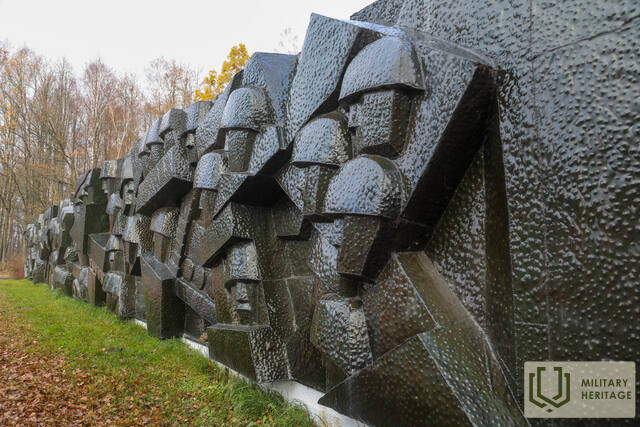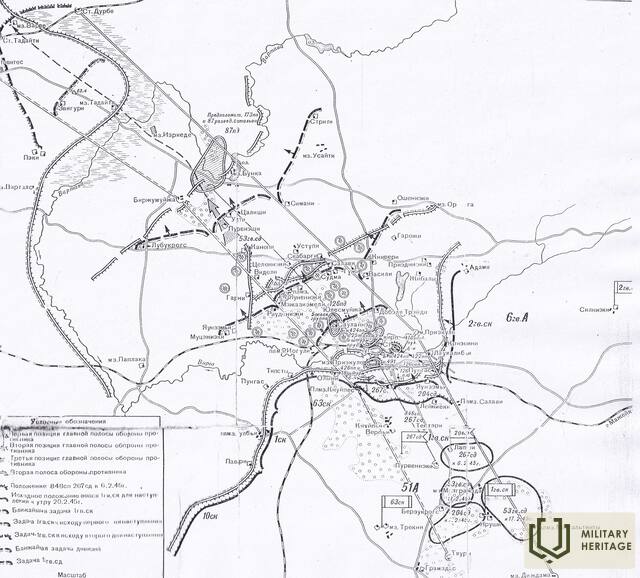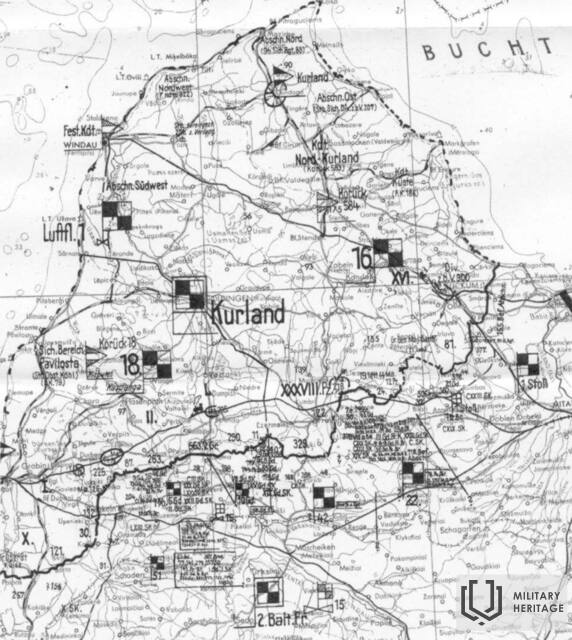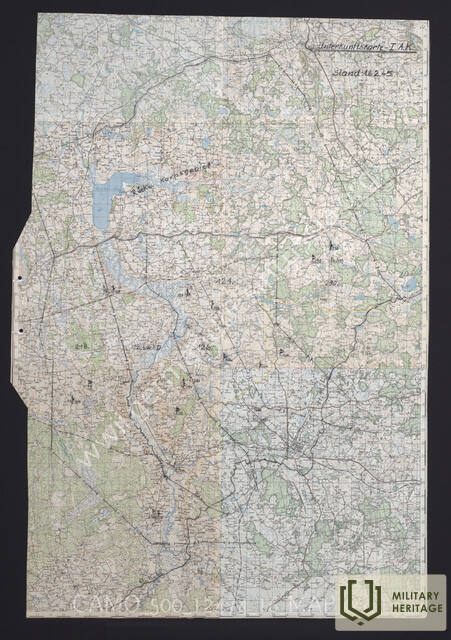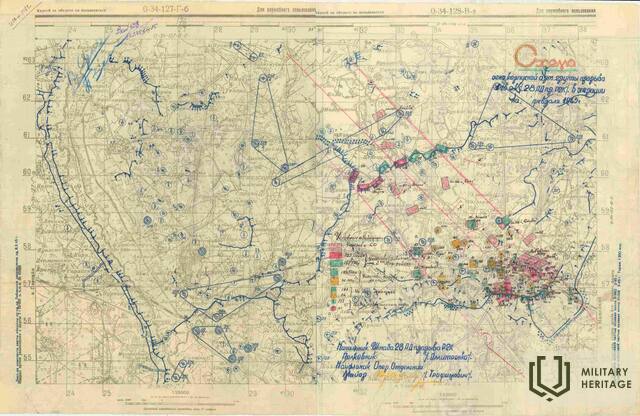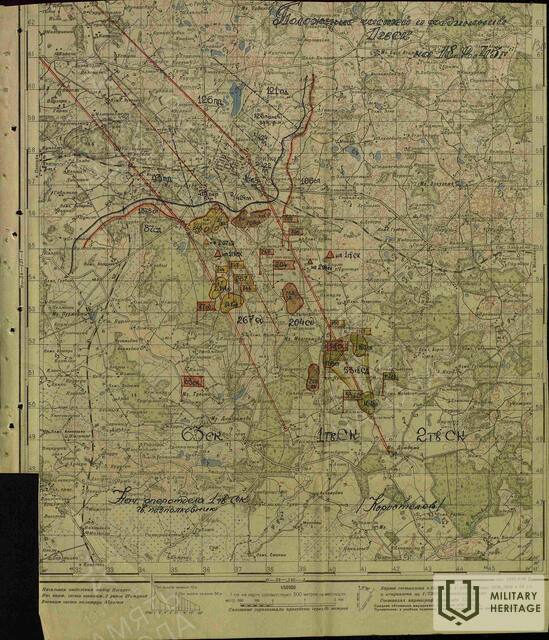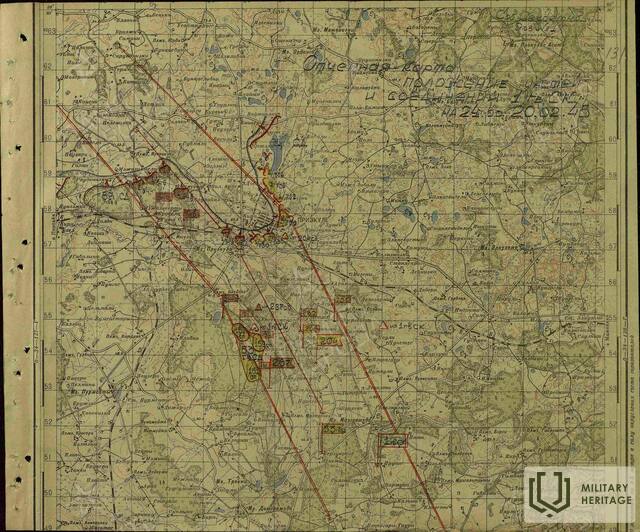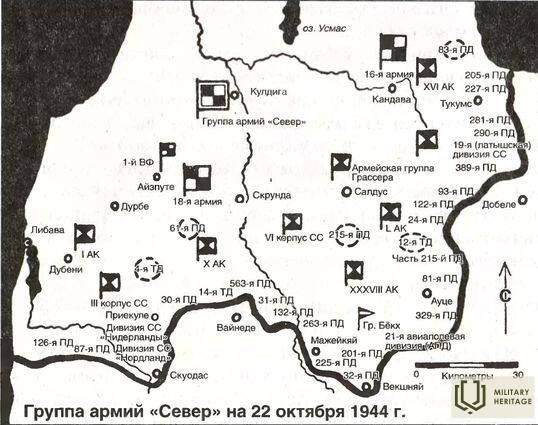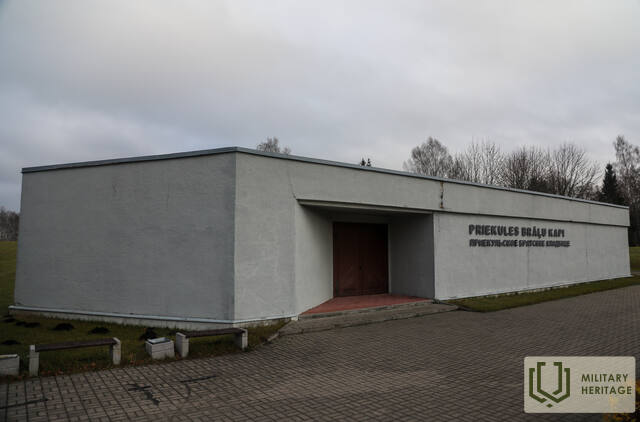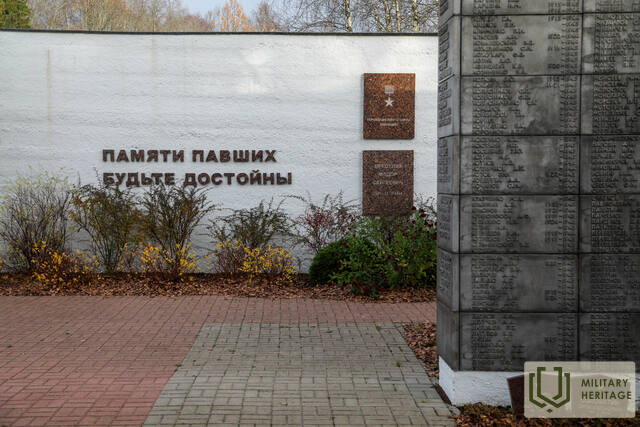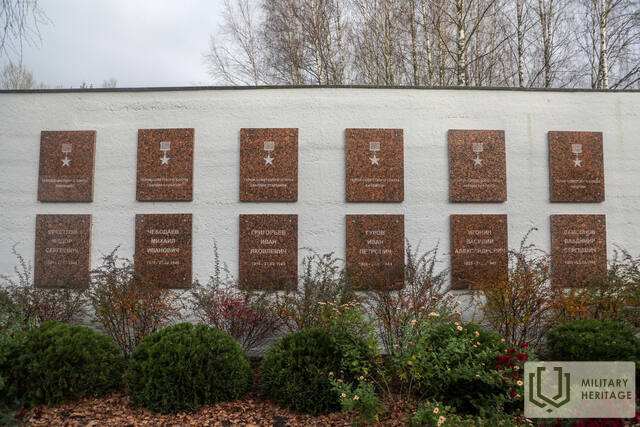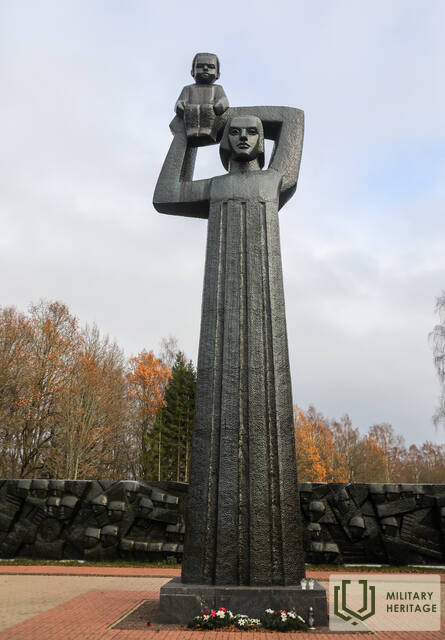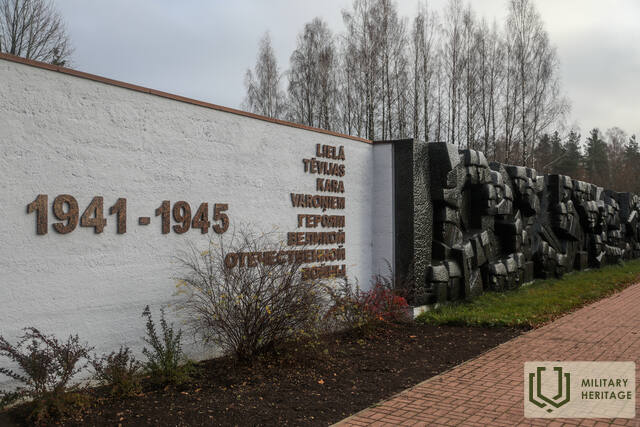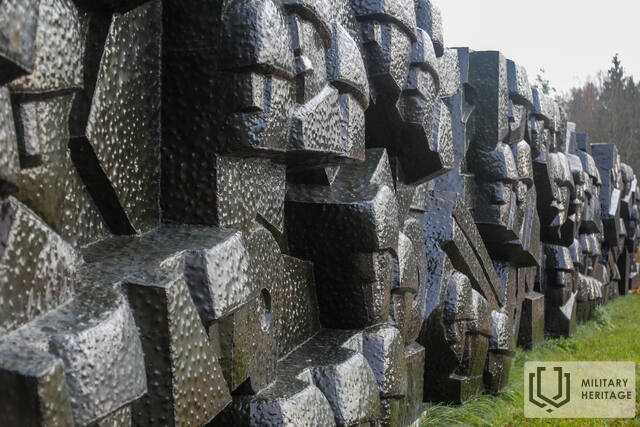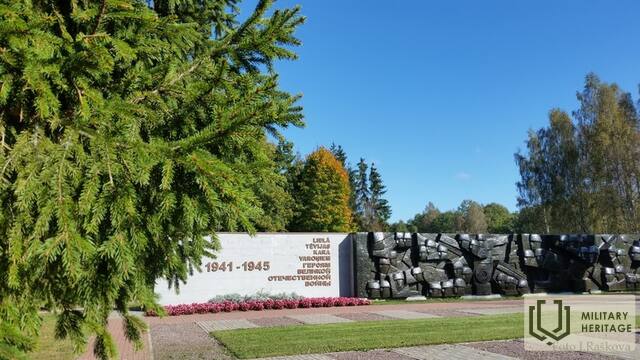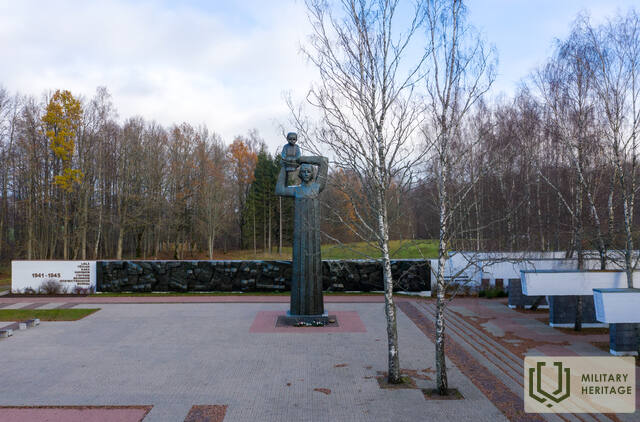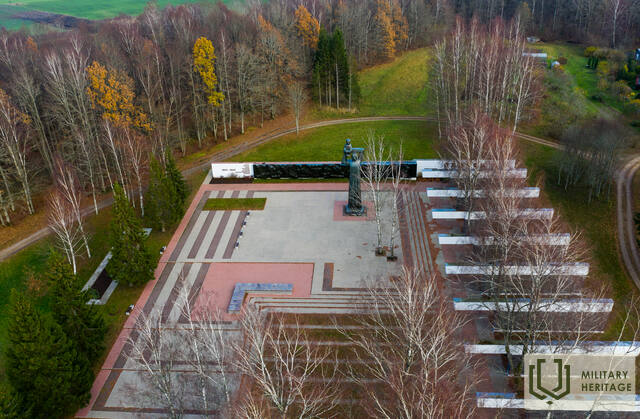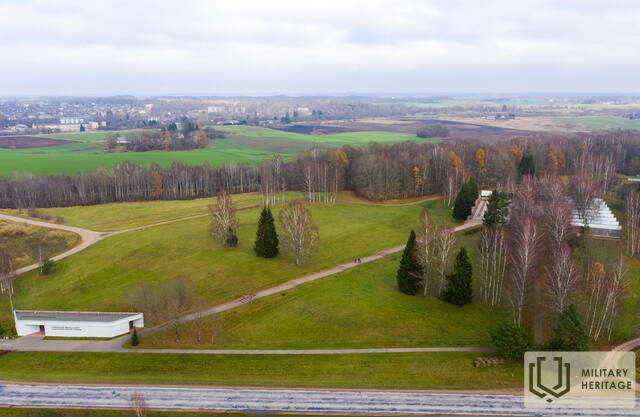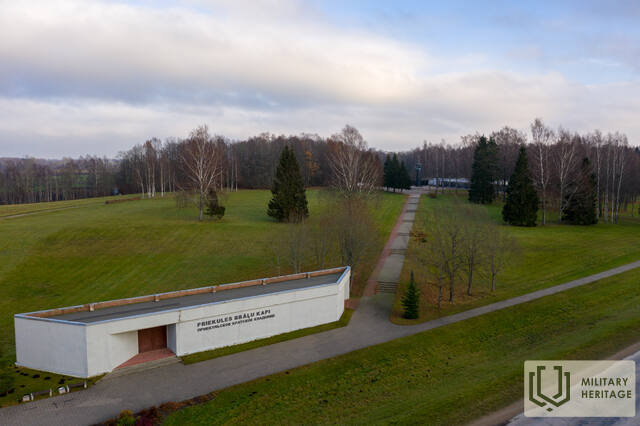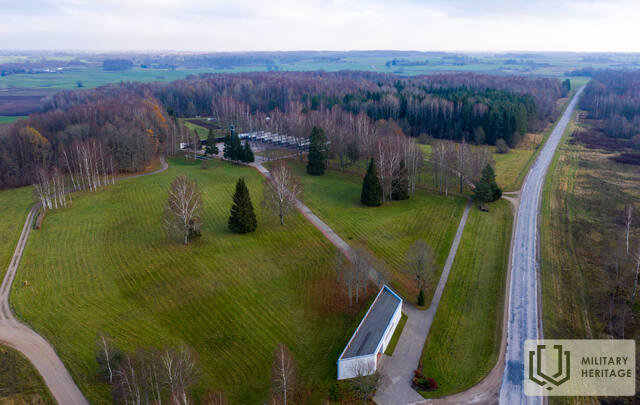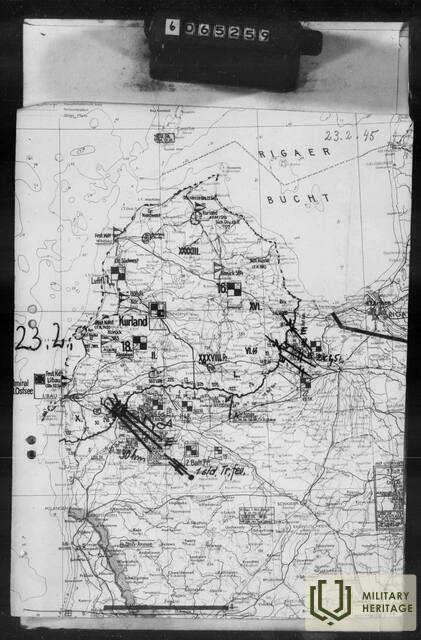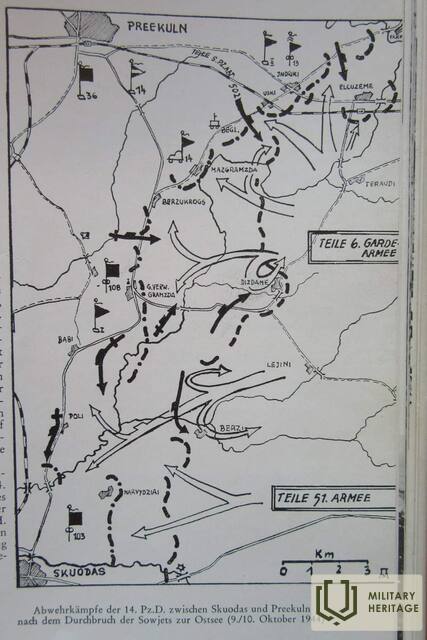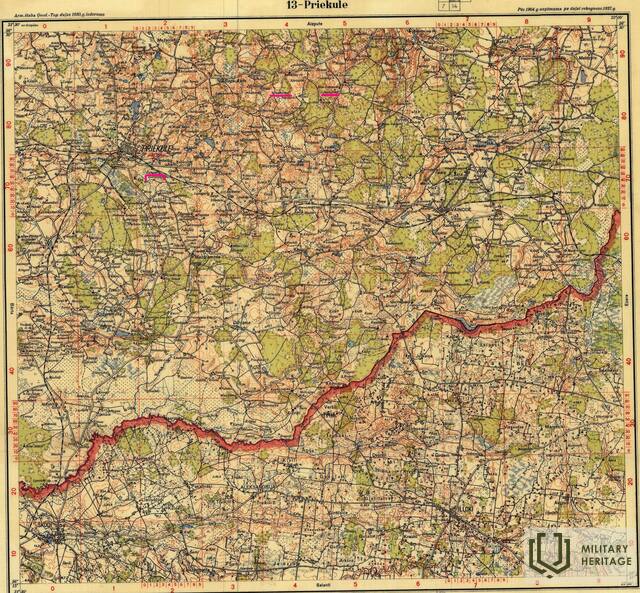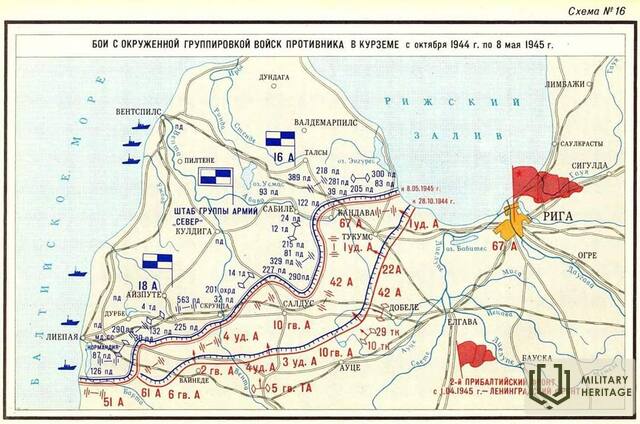Priekule Memorial Ensemble of Warrior’s Cemetery
Memorial site

The Priekule Memorial Ensemble of Warrior’s Cemetery is on the Liepāja-Priekule-Skoda road and is the largest burial site of Soviet soldiers of World War II in the Baltics. More than 23,000 Soviet soldiers are buried here. Operation Priekule was one of the fiercest battles in Kurzeme Fortress that took place from October 1944 to 21 February 1945. The Battle of Priekule in February 1945 lasted seven days and nights without interruption and had a lot of casualties on both sides. Until Priekule Warrior’s Cemetery was transformed into a memorial, the last monument of the outstanding Latvian sculptor K. Zāle (1888-1942) was located here to commemorate the independence battles in Aloja. Between 1974 and 1984, the 8 ha Priekule Warrior’s Cemetery was transformed into a memorial ensemble dedicated to those who fell in World War II. It was designed by the sculptor P. Zaļkalne, architects A. Zoldners and E. Salguss, and the dendrologist A. Lasis.
The centre of the memorial holds a 12 m tall statue called the ‘Motherland’, and names of the fallen are engraved on granite slabs. Until Latvia regained its independence, the Victory Day was widely celebrated every year on May 9.
Used sources and references:
www.leismalite.lv
Related timeline
Related topics
Related stories
The story of 19-year-old Rice Ahmedeyev about the reconnaissance battle on February 14, 1945 near Priekule
Bashkir-born Red Army soldier Rais Ahmadeev's (19 years old) account of the Soviet army's preparations for the attack on Priekule and the reconnaissance battle in Piekule on 14 February 1945.
The story of 19-year-old Alfons Volgemuts about the intelligence battle on February 17, 1945 near Priekule
Alfons Volgemuth was a 19-year-old boy, a radio operator and served in the army of Nazi Germany.
"No one has come back from this operation and it is not known if there are any survivors. I myself took part in that war as a 19-year-old radio operator and I am one of the 2, later 3 survivors who were taken prisoner by the Russians. I want to reflect the events from my own experience."
"The war is not over until the last soldier is buried" (Saldus German Soldiers' Cemetery)
Kurzeme emerged as a separate and distinct battlefield on 10 October 1944. Some 500 000 German troops were counted as surrounded. According to reports from the 1st Baltic Front Headquarters, only a "small effort" was needed to completely liberate the entire Baltic coast. However, the fighting in Kurland continued for another seven months and Kurland became a symbol of the end of the Second World War.
During the seven months of fighting until May 1945, German forces in Courland lost 154 108 soldiers killed, wounded and missing. Since 1997, a war cemetery survey and reburial of soldiers near Saldus has been carried out and currently 27,000 names of fallen soldiers can be found here
"The war is not over until the last soldier is buried" (Priekule Brethren Cemetery)
Kurzeme was established as a separate and isolated battlefield on October 10, 1944. About 500,000 soldiers of the German armed forces were counted as surrounded. According to the reports of the headquarters of the 1st Baltic Front, only a "slight effort" was needed to completely liberate the entire Baltic coast. However, the fighting in Kurzeme continued for another seven months and Kurzeme became a symbol of the end of World War II.
During the seven months of fighting until May 1945, the German armed forces lost 154,108 dead, wounded and missing soldiers in Kurzeme, while the Red Army lost around 400,000 dead, wounded or missing Red Army soldiers.




